
Stories from the burn
Stories of heroism and sacrifice emerged from the 1910 fire.
Section:Picture story
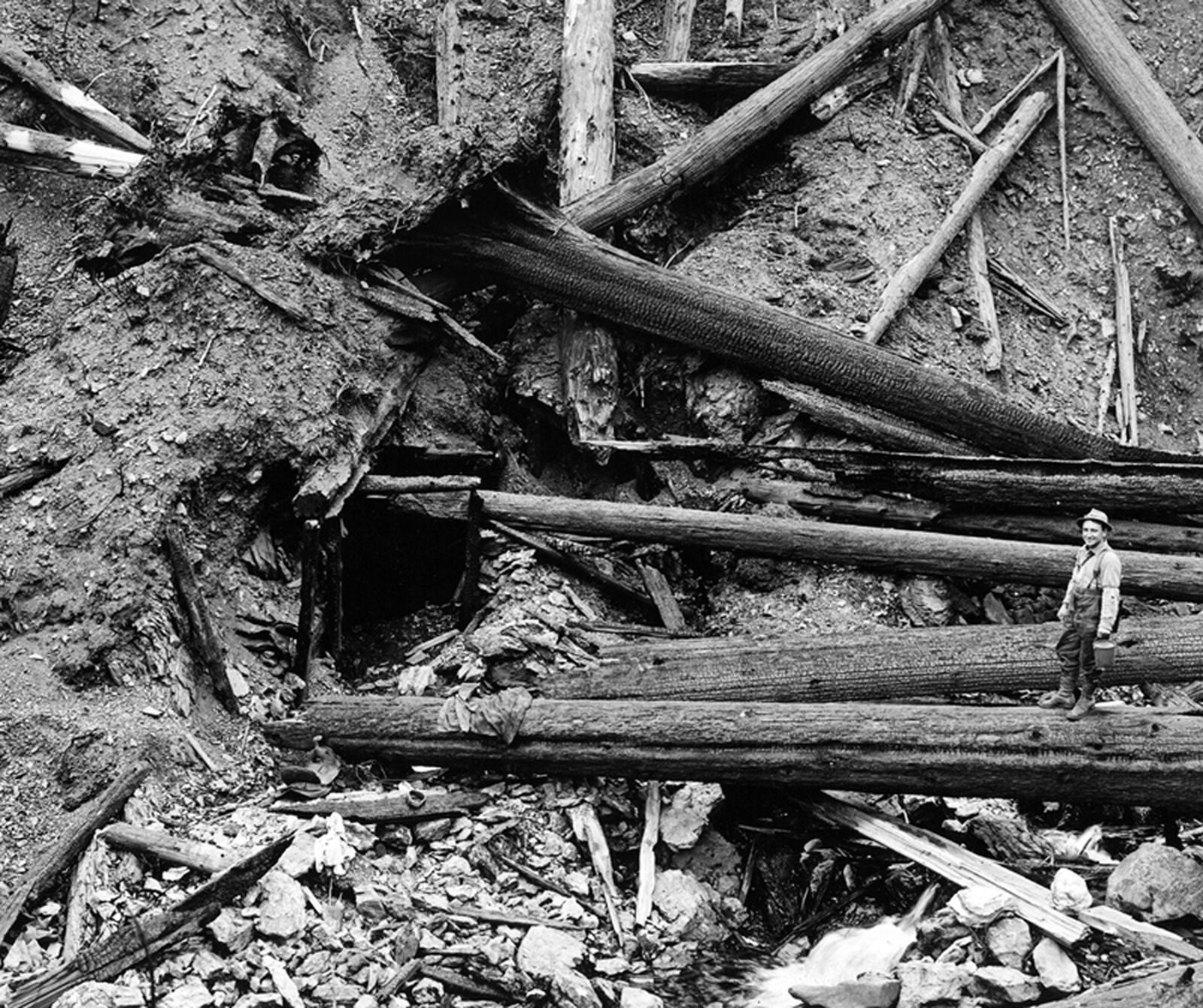
On Aug. 20, 1910, forest ranger Ed Pulaski ordered his 45 men into this abandoned mine shaft, telling them to lie face down, while trying to escape the fires that threatened to wipe out Wallace. “One man tried to make a rush outside, which would have meant certain death,” Pulaski later wrote. “I drew my revolver and said, ‘The next man who tries to leave the tunnel I will shoot.’ ”
U.S. Forest Service
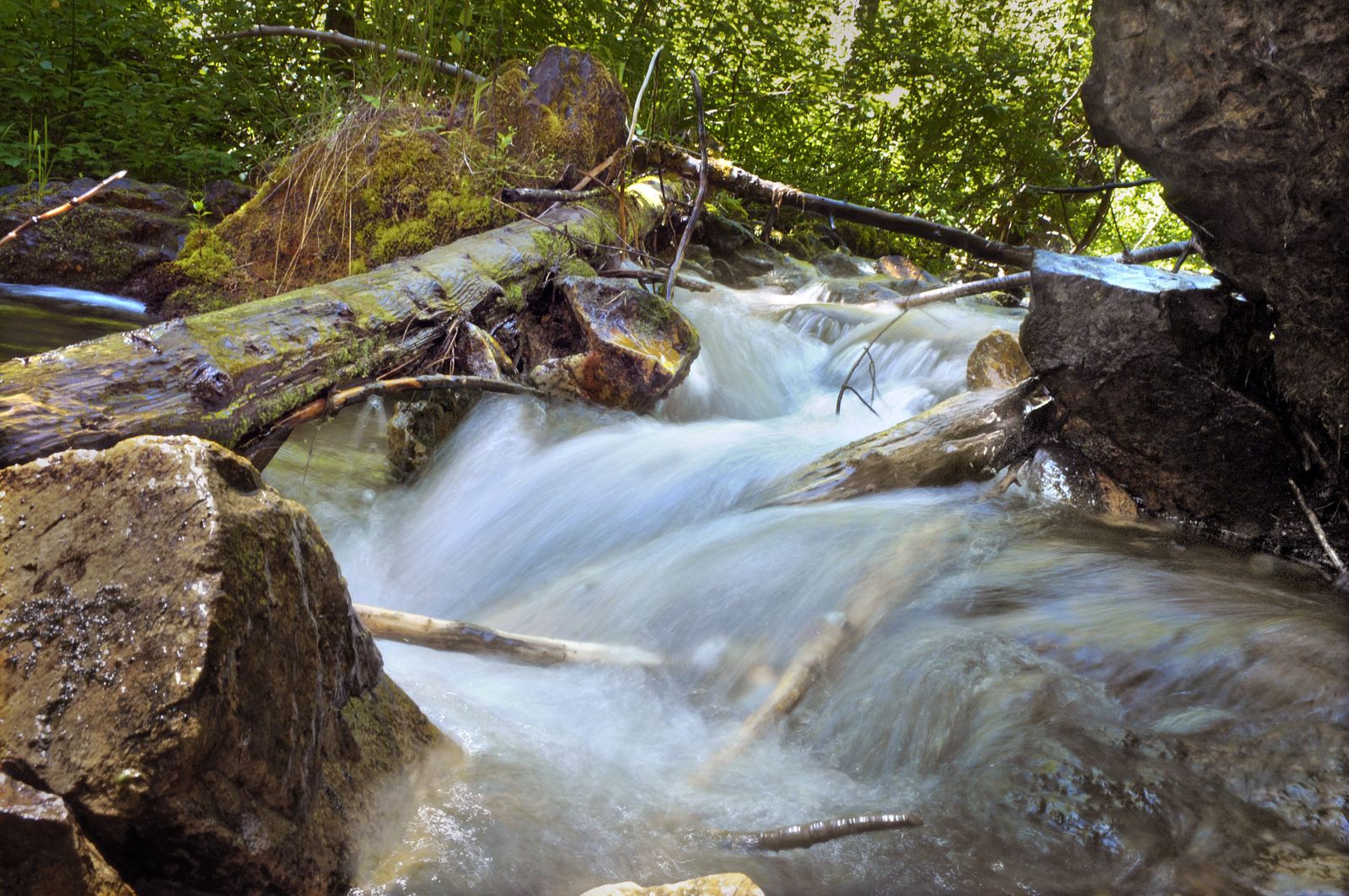
Water tumbles and streams down the West Fork of Placer Creek several miles outside Wallace, Idaho. A century ago, Ed Pulaski led his crew of firefighters down this jumble of rocks and trees lining the creek as the fire chased them.
Christopher Anderson The Spokesman-Review Buy this photo
"We were all paralyzed and couldn’t use our limbs so we floundered along on the ground. Someone helped me into the water of the creek. I remember there was a big snag just above me that was burning and threatening to fall on me. I didn’t care at the time whether it fell or not. I just sat and looked at it."
Vic Grantham A fire crew member with Pulaski, after emerging at dawn from the mineshaft
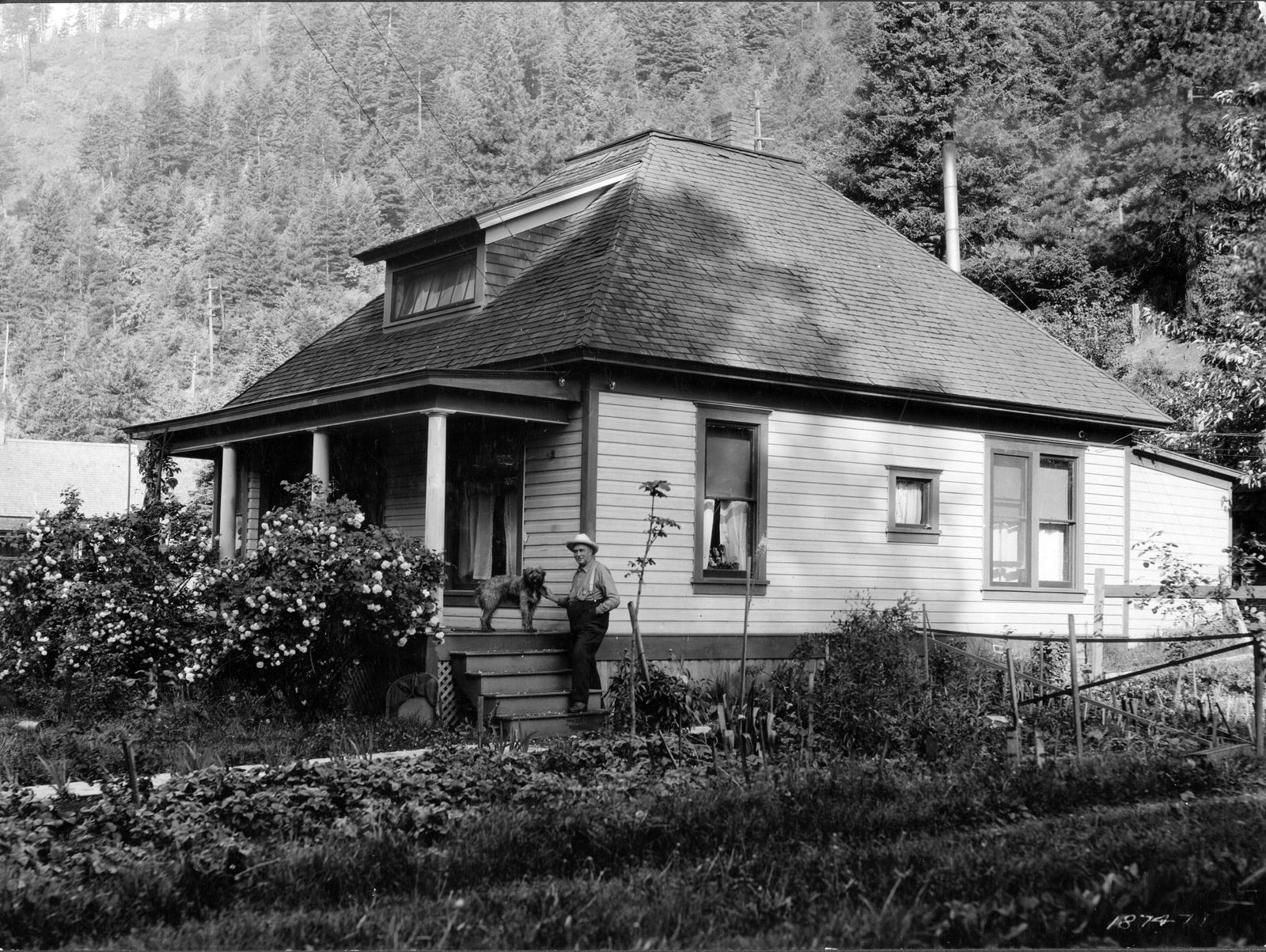
Assistant ranger Ed Pulaski at home in an undated photo.
U.S. Forest Service
MG 415, Special Collections & Archives University of Idaho Library, Moscow University of Idaho Special Collections
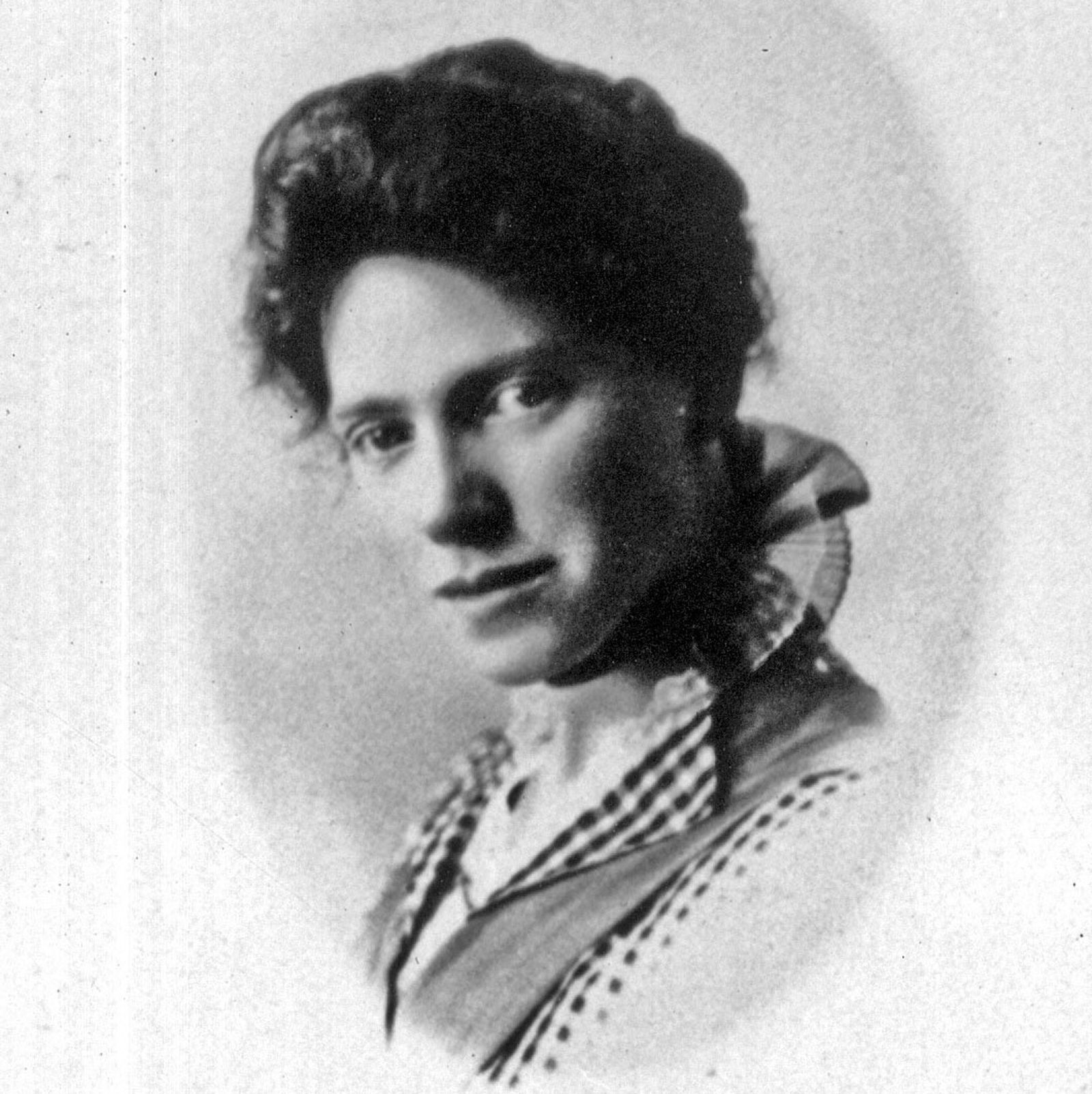
Ione S. “Pinkie” Adair was a homesteader when the great fire of 1910 roared through the mountains along the Idaho Montana border. She was conscripted to feed the troops and firefighters after she hiked 28 miles in her hobnail boots into Avery through the forest fires. Audio on this page is from oral histories she recorded on Feb. 24, 1977. Her sister Bernadine Cornelison also participated.
Barnard Stockbridge Collection University of Idaho
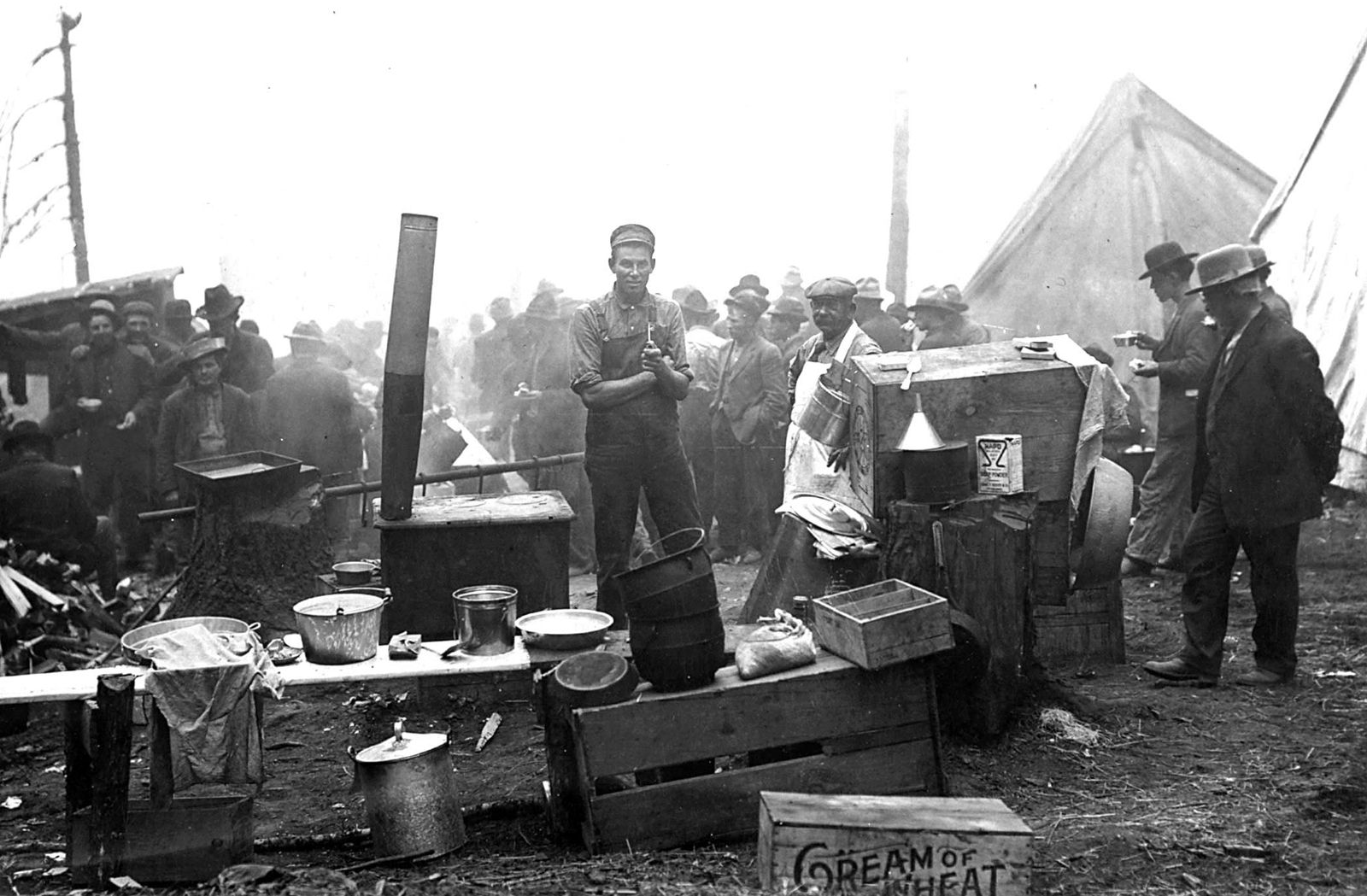
Patrick Grogan, wearing an apron, was an Irishman from Butte, Mont., hired by the Forest Service to cook for firefighting crews in August 1910. Here, he stands at a breakfast scene in Avery, the hazy outline of the ranger station in the background. Grogan died in the fire Aug. 20, at Storm Creek in the mountains outside Avery, along with 28 other members of a fire crew that he’d convinced to stay behind a fire line they had dug rather than retreat to Avery. The men who fled made it to the town alive. (Information from Tim Egan’s “The Big Burn”)
Museum of North Idaho
MG 415, Special Collections & Archives University of Idaho Library, Moscow University of Idaho Special Collections
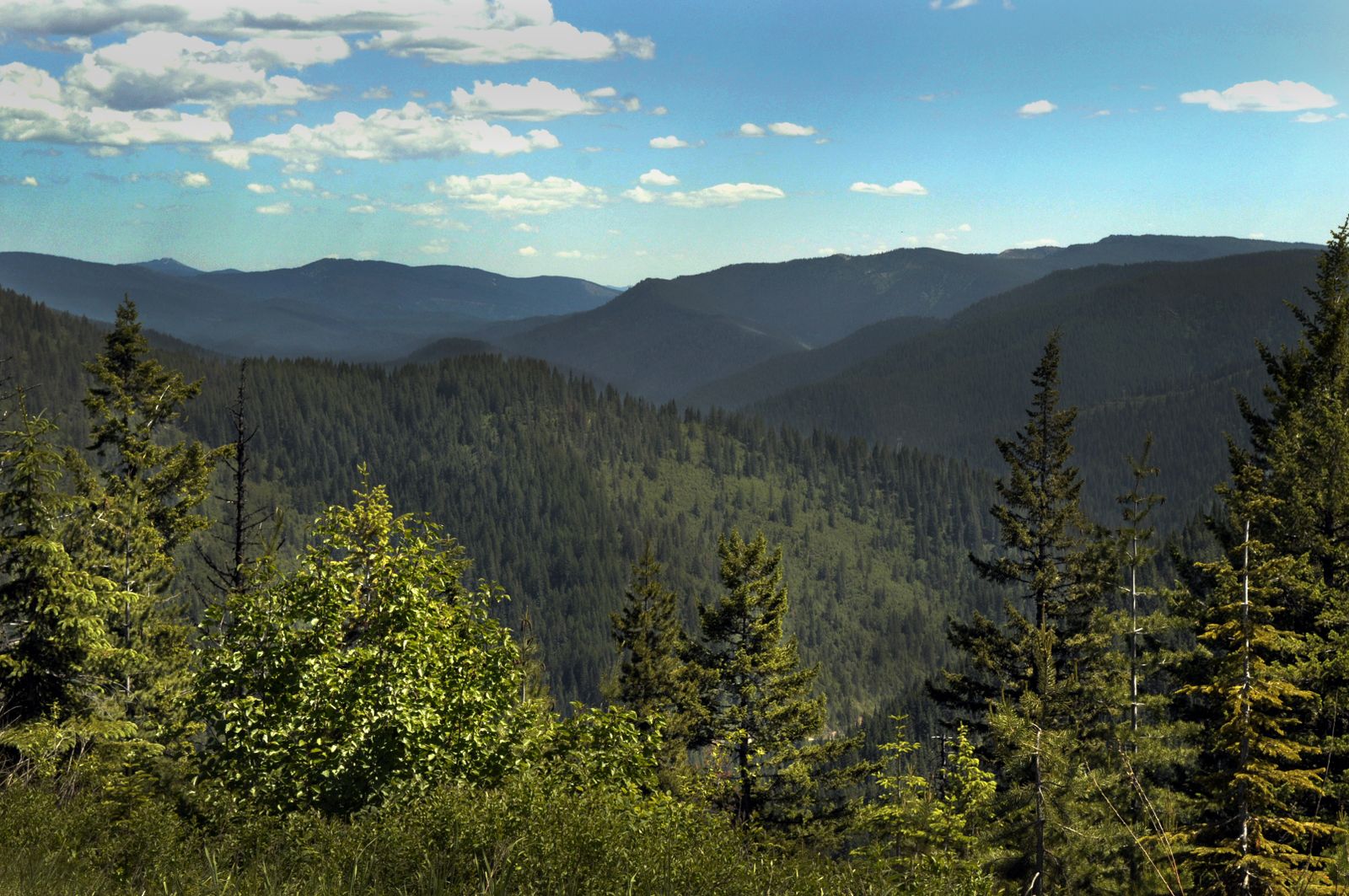
In August 1910, everything visible from this vantage at top of Moon Pass looking southeast had burned to the ground. The forest has long ago recovered.
Christopher Anderson The Spokesman-Review Buy this photo
"Imagine, if you can, the wind suddenly changing, the rock cut filled with sparks more dense than any skyrocket that could be shot off in your face, with a temperature that in an instant cooked every exposed part of one’s body, with only a moment to realize your condition and then fall down unconscious, and then, as if this were not enough misfortune, awake to find your clothes half burned off, men crazy with pain, some wanting to commit suicide, some wishing to leave through fire and smoke and darkness for Mullan, others throwing their arms around you begging for God’s sake that you better their condition."
James Danielson Fire crew leader, written in a letter two years later. Quoted in “Year of the Fires,” by Stephen J. Pyne
(c) 2010 Bill Kostelec The Blue Ribbon Tea Company
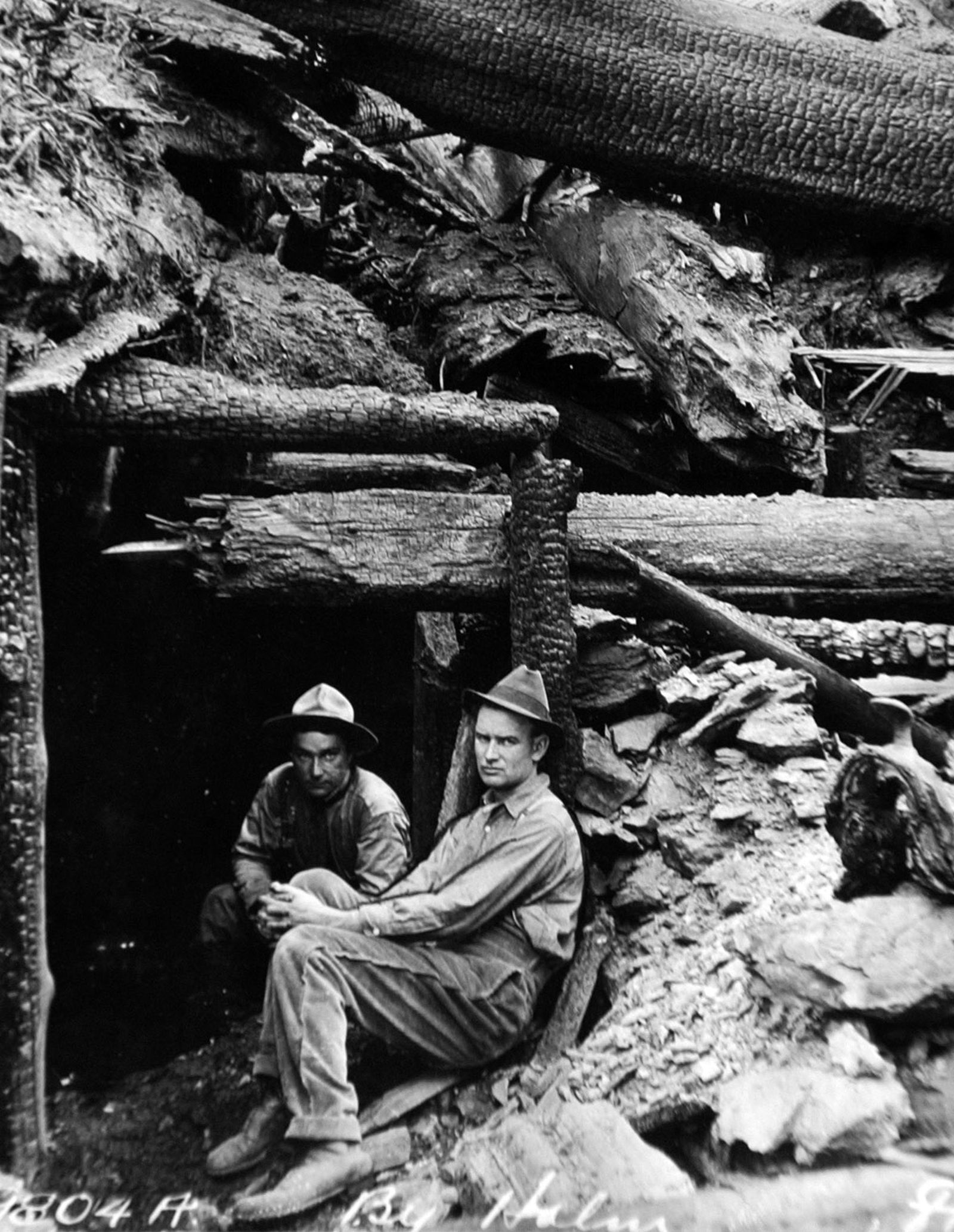
U.S. Forest Service Ranger Joe Halm, left, and Missoula photographer R.H. McKay pose for a picture in 1910 or 1911 at the War Eagle tunnel, now commonly called the Pulaski tunnel. Halm, a former star athlete at Washington State College, and his crew of 70 were feared dead after the big blowup. The Spokane Daily Chronicle ran a front page story headlined: “Athlete A Fire Victim – Joe Halm, Formerly Football and Baseball Man, With His Party, Lost in the Fire Saturday Night at Big Fork.” In fact they had survived, by laying down in a creek and emerged after a week of hiking down the St. Joe River. The next Chronicle headline: “Joe Halm Is Safe.”
Museum of North Idaho
"Evening found our little party many miles from camp. We saw the remains of an elk and several deer; also a grouse hopping about with feet and feathers burned off – a pitiful sight. Men who quenched their thirst from small streams immediately became deathly sick. The clear, pure water running through miles of ashes had become a strong, alkaline solution, polluted by dead fish, killed by the lye. Thereafter, we drank only spring water."
Joe Halm as quoted in “When the Mountains Roared.”
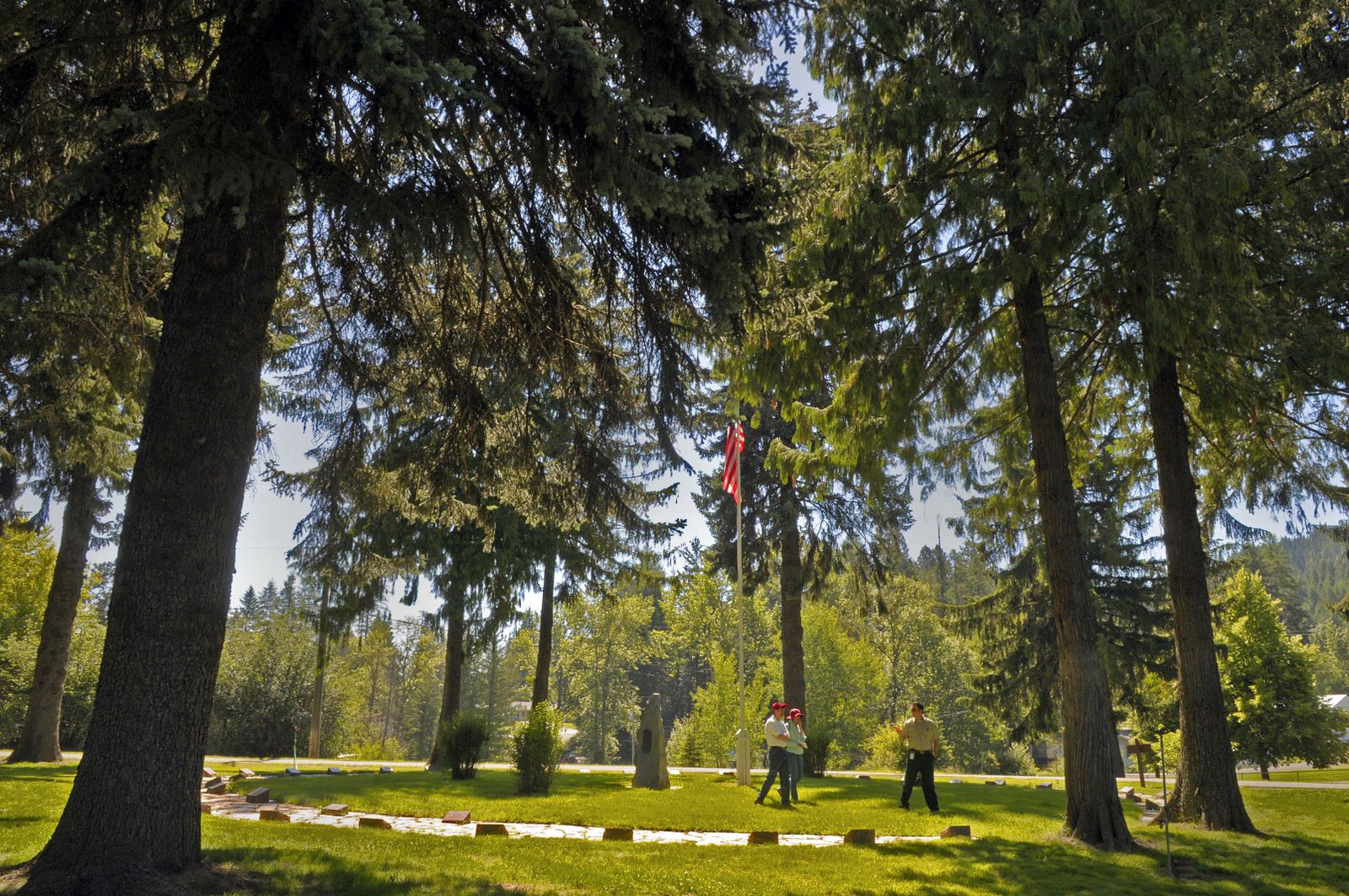
A circle of 48 graves surrounds a monument and flag in the St. Maries cemetery. The graves are those of firefighters killed fighting the great fire. At least 85 people died in total.
Christopher Anderson The Spokesman-Review Buy this photo
The most pitiful sight ever witnessed in Mullan occurred Sunday morning when the fifteen survivors of the Boulder Creek (Stevens Peak) fire limped into town. All were staggering and all carried their arms in the air. They were badly burned and the only relief that could be obtained was by holding their arms up. Some of the men were blind from the flames that had burned them, and they held on to the men in front of them. They walked in single file and made a most distressing spectacle. They were so overcome they could not at first give a coherent account of what had happened.
Correspondent for the Daily Idaho Press Describing the scene in Mullan, Idaho, on Aug. 21, when James Danielson and his crew arrived. Printed Aug. 27, 1910.
Share on Social Media